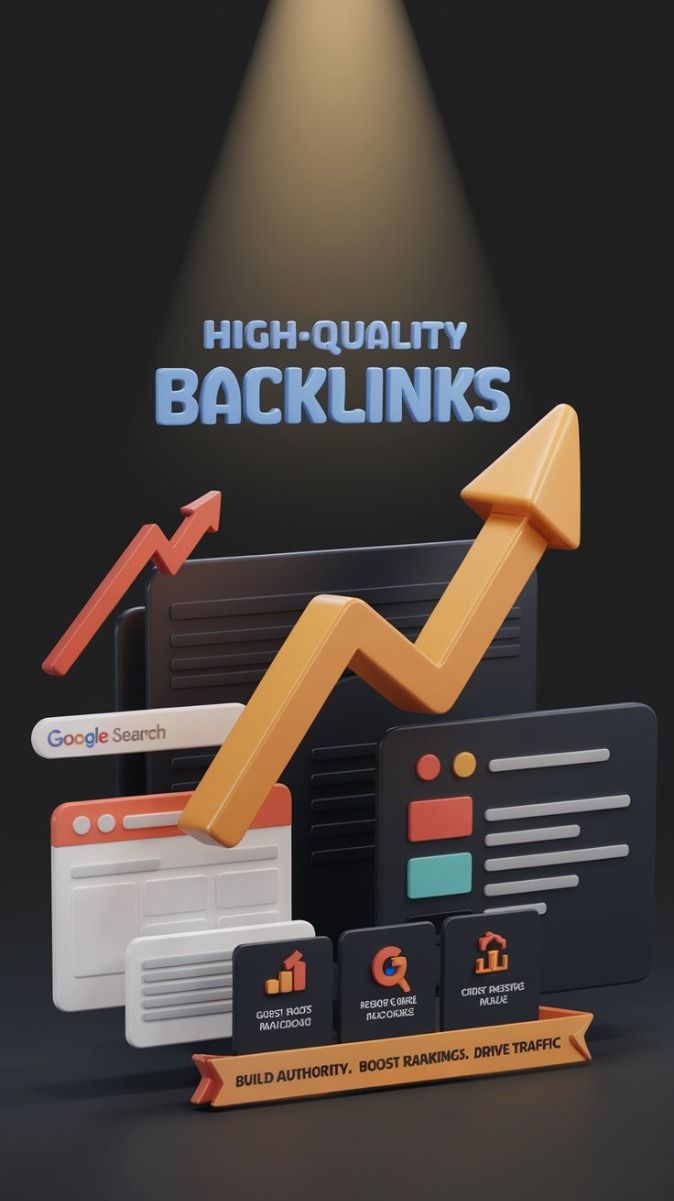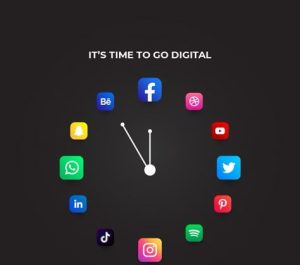Alright, so here’s the deal. You’ve made a website, added some good content, maybe even got your design right—but your page still isn’t showing up on Google the way you expected. Now you’re hearing everywhere: “You need backlinks!”
But how many? Like, what’s the actual number?
That’s what this post is about—plain talk, no tech jargon. Just the straight-up answer to: how many backlinks do I need to rank better?

First, What Is a Backlink?
In case this part’s new to you—a backlink is when another website links to your site. Think of it like a shout-out. It’s their way of saying, “Hey, check this out, it’s worth reading.”
Now, Google sees that and says, “Hmm, if this site is being recommended by others, maybe it’s valuable.” And that’s how backlinks help you rank better.
But it’s not a numbers game like collecting stickers. It’s more about who is linking to you, not just how many.
So… Is There a Number?
Here’s the honest answer: there’s no fixed number.
It changes based on:
-
Your topic
-
Your competition
-
The quality of the links you’re getting
Let’s say you’re writing about dog food, and the top-ranking sites on Google have about 30 backlinks. That’s your ballpark. If your site’s got zero links, Google’s probably not going to take it seriously yet.
But if you’re in something more competitive—like finance, real estate, or tech—you might be going up against websites with hundreds of strong backlinks.
So when someone asks, “how many backlinks do I need to rank better?” The real answer is: look at your competitors. They’ll show you the range you need to aim for.
One Good Link Beats 50 Random Ones
Here’s something most people don’t tell you—not all backlinks help.
Some can even hurt.
If you get a link from a shady website that’s full of ads or fake reviews, Google’s not impressed. But one link from a trusted news site or a respected blog? That can boost your page like crazy.
So focus on quality.
Don’t try to “build” backlinks. Try to earn them. Share helpful content. Be useful. Write things people want to refer to. That’s how good backlinks happen.
Quick Tip: How to Find Your Target
Here’s something simple you can do right now:
-
Google your keyword.
-
Check out the first three websites that show up.
-
Use a free tool like Ubersuggest or Ahrefs (limited version) to see how many backlinks they have.
-
That’s your target.
If they have 25 solid backlinks, and you have 2, you now have a goal. But again—it’s not just numbers. Make sure your links are real and relevant.
Don’t Overthink It—Start Small
If you’re new to all this, it’s okay to start slow. You don’t need 100 backlinks right away.
Try to get your first 5 to 10 good ones.
How?
-
Reach out to bloggers in your space.
-
Answer questions on sites like Quora.
-
Share your content on LinkedIn or niche Facebook groups.
-
Join local directories.
It takes time, and that’s fine. This stuff pays off little by little.
What Else Helps Besides Backlinks?
Good question. Google looks at the whole picture, not just links. So make sure:
-
Your content is actually useful
-
Your site loads fast
-
It looks good on phones
-
People stay on your page and don’t bounce off in 3 seconds
All these things work together with backlinks to push you up the rankings.
So asking “how many backlinks do I need to rank better?” is a great start. But don’t forget—it’s part of a bigger puzzle.

Wrapping It Up
Let’s not make this more complicated than it needs to be.
If you want to rank better on Google, backlinks definitely help. But don’t chase big numbers. Don’t fall for shortcuts.
Just look at your competition, aim to get similar or better quality links, and keep your content strong.
Start with small goals. Get one solid backlink. Then two. Then five. And just keep going.








